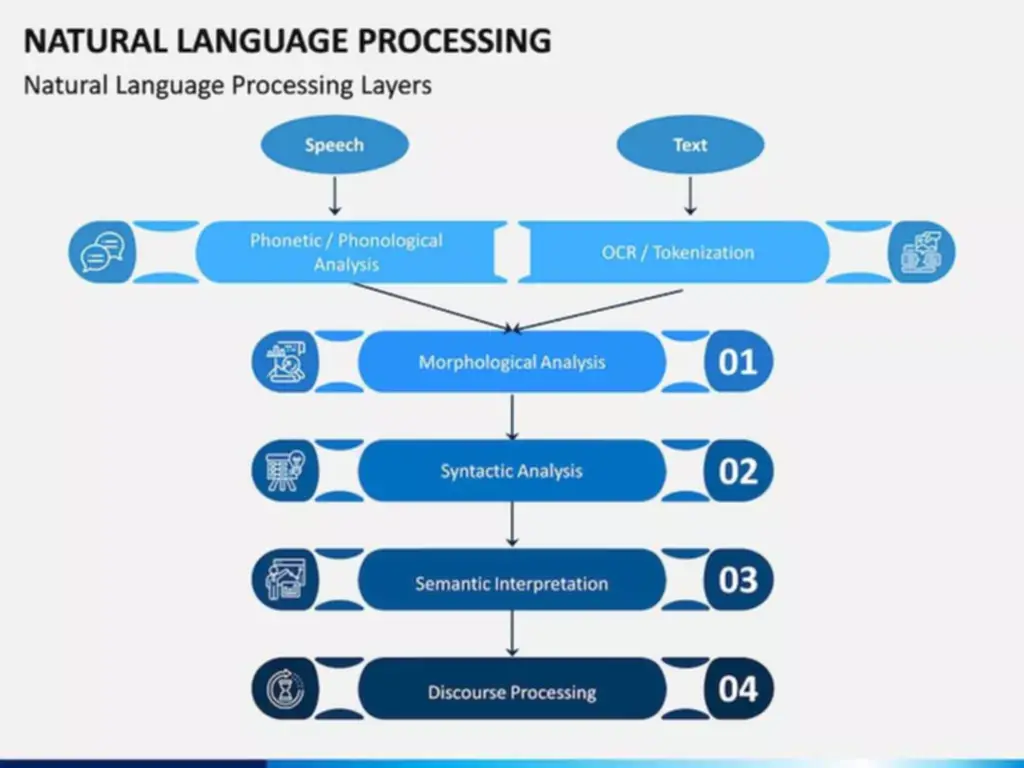Cloud elasticity describes a cloud setting’s capacity to mechanically scale sources up or down in response to various workload wants. Elasticity is a dynamic and automatic process that ensures sources are provisioned or de-provisioned in actual time without the necessity for manual intervention. This feature is especially helpful for companies with extremely variable or unpredictable workloads, because it helps optimize resource utilization and value effectivity. Scalability refers to a system’s capacity to deal with http://www.danvich.com/rusalki-2.php growing amounts of work or customers with out compromising performance. It includes the ability to accommodate elevated workload by including resources corresponding to servers, storage, or community bandwidth. Scalability ensures that a system can maintain its stage of service as demand grows, permitting companies to expand their operations without experiencing efficiency degradation or downtime.
How Does Scalability Work In Cloud Computing?
So even though you presumably can increase the compute capacity out there to you on demand, the system can’t use this further capability in any shape or kind. But a scalable system can use elevated compute capacity and deal with extra load with out impacting the overall efficiency of the system. Since elasticity usually leverages the cloud to scale assets flexibly, it’s important to keep an eye fixed on the prices that can accumulate.

Harness Scalability And Elasticity With Wrike
Cloud elasticity permits organizations to simply add or take away capacity based on workload trends. Elasticity, on the other hand, gives the availability of flexibility in phrases of workload by allowing the cloud infrastructure to scale up or down relying on the workload it’s dealing with. It helps in the flexibility of the software architecture and is a characteristic of the cloud computing model.

Importance Of Scalability In Cloud Computing
Elasticity consists of the flexibility of a system to tackle modifications in the workload, these adjustments are outliers contemplating the systems’ common workload and usually happen for a short period. Here CPU is taken for example useful resource, however it could be utilized to different resources, corresponding to memory, response time, function improvement time and so on. With more than a billion live listings at any given second that face fluctuating traffic ranges, eBay requires each elastic and scalable options obtainable in their utilized cloud choices. Thus utilizing elasticity meaningfully types part of a sound strategy towards enterprise innovation and continuity. Next sections will delve deeper into forms of elasticity providing further insights into its utility in several eventualities.

What Is The Difference Between Elasticity And Scalability?
Not all AWS services assist elasticity, and even those who do typically have to be configured in a certain means. In this journey of planned growth, where every new customer, project, or information byte may push your systems to their limits, a strong strategy is important. Despite these challenges, scalability provides advantages like larger control and customization. This method notably appeals to organizations with particular needs, corresponding to unique hardware configurations or stringent security and compliance requirements. Check out our weblog to learn more about how Teradata elasticity can help you improve efficiency even within the midst of fast operational enlargement, or contact us to learn about every little thing Vantage has to offer.
- Adopting microservices structure can enhance your cloud’s scalability quotient by diverging giant purposes into smaller components that run independently.
- This can either be done through vertical scaling (also known as ‘scaling up’) whereby the system enhances its current sources or horizontal scaling (also generally recognized as ‘scaling out’ whereby the system adds extra nodes).
- Thanks to elasticity, companies can simply adjust their computing resources to satisfy the calls for of their workloads with out the necessity for expensive and time-consuming hardware upgrades.
But it’s not an optimum resolution for businesses requiring scalability and elasticity. This is as a end result of there is a single integrated instance of the application and a centralized single database. A enterprise that experiences unpredictable workloads however doesn’t need a preplanned scaling strategy might search an elastic answer within the public cloud, with lower maintenance costs.
Resource-wise, it’s an exercise spike that requires swift useful resource allocation. Thanks to elasticity, Netflix can spin up multiple clusters dynamically to address totally different sorts of workloads. Before delving into their impression on these two elementary traits of cloud computing – elastic scaling and scalability – it’s important to know what containers are.
Various seasonal events (like Christmas, Black Friday) and other engagement triggers (like when HBO’s Chernobyl spiked an curiosity in nuclear-related products) trigger spikes in buyer activity. These risky ebbs and flows of workload require versatile resource administration to handle the operation consistently. DevOps methodology and cloud solutions are two key trends and the long run by method of digital transformation of companies. Finally yet importantly stands cost-management tools that help in keeping tabs on cloud prices which may escalate rapidly specially when implementing diverse elasticity methods. Most basically, constructing stateless purposes is integral – in easier terms, functions should be constructed so they do not save client-based data from one session to the following.
Scalability is the flexibility of a system to remain responsive because the number of customers and site visitors gradually increases over time. Most B2B and B2C functions that gain usage will require this to make sure reliability, excessive performance and uptime. No marvel the large decision about doing business with a cloud service provider can feel so overwhelming. One essential one is the distinction between cloud elasticity v cloud scalability. Scalability and elasticity have similarities, however important distinctions exist. Cloud scalability is a characteristic of cloud computing, notably in the context of public clouds, that allows them to be elastic.

This extends to their information, the important purposes driving their operations, the development of recent apps and far more. Today, the workplace is not just a physical place – it’s a collection of people that must work collectively from wherever they’re. Evolve IP partners with IT professionals to convey together their essential productivity and communication instruments into a single, secure cloud-based resolution, fine-tuned for the hybrid workforce and delivered as a service. By integrating these disconnected systems from vendors like Microsoft, Cisco, and VMware, and filling in the gaps, we’re improving the expertise for both workers and prospects, whereas centralizing expertise management. So regardless of how locations, tools, and companions shift over time, you may have an answer that makes the method forward for work higher for everybody.

Or, in another scenario, elasticity can show priceless to a company that has spikes in demand similar to an e-retailer dealing with seasonal gross sales or Black Friday shoppers. Cloud server elasticity represents extra of a tactical method to allocating computing assets. Elasticity provides the mandatory assets required for the current workload but additionally scales up or down to deal with peak utilization periods as well as off-peak loads. Building on our Halloween store instance, demand would abruptly finish at the end of the month. That is the place elasticity comes in — you could ramp down server configurations to fulfill the lower ranges throughout different periods. Cloud elasticity adapts to fluctuating workloads by provisioning and de-provisioning computing resources.
At the same time, elasticity automates the scaling course of, ensuring resources are provisioned or de-provisioned dynamically based mostly on real-time workload necessities. Elasticity refers again to the ability of a system to dynamically adjust its resource allocation in response to altering demands. This includes routinely scaling assets up or down as needed, based mostly on factors like workload fluctuations, user demand, or performance requirements. In cloud computing, elasticity works through the utilization of subtle algorithms and automation, which allow real-time scaling primarily based on demand levels.

This redundancy ensures application continuity even throughout hardware failures—an integral a half of achieving both elasticity and scalability in cloud computing. It becomes discernibly easier to handle workloads extra effectively when you’ve different sources and benefit from scalability. Additionally, in peak times, including extra sources helps accommodate elevated demand more sources. To prepare for unpredictable workload calls for, cloud computing-reliant businesses must adopt a dual technique to utilize scalability and elasticity. Applying both concepts signifies that teams cover their short-term demand wants via elasticity while making ready for any anticipated future calls for by scaling out there assets. Vertical cloud scalability, or a “scale-up,” includes adding extra resources like RAM, CPU, or storage to boost the capabilities of existing situations or nodes.